
The promise of an airport in Bolgatanga, the Upper East Regional capital, has long been a beacon of hope for many residents. The excitement surrounding the proposed airport is palpable, especially among those who envision it as a catalyst for economic growth, job creation, and increased connectivity.
However, a sobering reality check provided by the Auditor-General’s 2023 report on Ghana’s regional airports raises critical questions about the economic and commercial viability of such an ambitious project.
The Financial Reality of Regional Airports
According to the Auditor-General’s findings, the five existing regional airports in Kumasi, Tamale, Sunyani, Ho, and Wa are struggling to generate revenue that justifies their operational costs.
The numbers paint a grim picture. For instance, Kumasi Airport spent GH¢15.68 million but only generated GH¢8.22 million in revenue. Tamale Airport raked in GH¢4.74 million yet had an expenditure of GH¢15.41 million.
Sunyani Airport earned a meagre GH¢95,626.58 after an expenditure of GH¢4.53 million. Ho Airport, which shockingly recorded zero revenue, still had an expenditure of GH¢1.38 million. Wa Airport generated GH¢77,250.48 but had an operational cost of GH¢2.15 million.
Given these figures, it would be difficult to argue that another regional airport, this time in Bolgatanga, would fare any better. If well-established cities like Kumasi and Tamale struggle to make their airports commercially viable, what guarantees does Bolgatanga have of bucking this trend?
Public-Private Partnership: A Risky Bet?
President John Dramani Mahama, during his thank-you tour of the Upper East Region, reiterated his government’s commitment to the project, emphasizing that it would be executed under a Public-Private Partnership (PPP) arrangement. This raises further concerns. If existing airports with government support and national airlines backing them are already financially unsustainable, why would private investors risk their capital on an airport in Bolgatanga?
Private investors are profit-driven, and if the numbers do not add up, their interest in the project may be limited or entirely nonexistent.
Questions of Demand and Feasibility
Beyond the financial burden, several fundamental questions remain unanswered:
- How many domestic airlines currently operate in Ghana, and how many would be willing to expand their services to Bolgatanga?
- What is the anticipated volume of air traffic to the proposed airport?
- Can the majority of people in the region afford the cost domestic flights?
- Were comprehensive feasibility and needs assessment studies conducted?
Without clear, data-backed answers to these questions, the push for an airport in Bolgatanga appears more like a politically driven project than an economically viable one.
The Alternative: Revamping the Bolgatanga Tomato Factory
A more pragmatic approach to boosting economic development in the Upper East Region would be to revamp the defunct Bolgatanga Tomato Factory rather than build an expensive airport. This would have far greater commercial viability and create thousands of direct and indirect jobs.
Farmers in the region, who often struggle to find a ready market for their produce, would benefit from a stable buyer, eliminating post-harvest losses and ensuring financial stability. Also, investing in irrigation systems for year-round tomato farming would further enhance the sustainability of the factory.
With proper funding and strategic planning, the factory could manufacture tin tomatoes for local consumption and export to regional and international markets. Ghana currently imports large volumes of processed tomato products from countries like China and Italy—yet the Bolgatanga factory, if operational, could position Ghana as a key producer of canned tomatoes in West Africa.
Road Infrastructure Development Over an Airport
Further, a more proactive approach to boosting connectivity and economic development in the Upper East Region could involve strengthening existing road infrastructure rather than building an expensive airport.
The road journey from Tamale to Bolgatanga takes just about 1.5 to 2 hours, making a regional flight less of a necessity. Investing in road expansion, railway development, and a more efficient public transport system would arguably have a more significant and lasting economic impact.
For instance, establishing a railway system from Accra to Burkina Faso, passing through Tamale and Bolgatanga, would not only enhance trade but also provide a long-term, commercially viable solution for regional mobility. Unlike an airport, which would depend heavily on a limited number of passengers and expensive maintenance, a railway network could serve thousands daily at a fraction of the cost.
Conclusion
The dream of an airport in Bolgatanga is appealing, but reality suggests that it may be more of a luxury than a necessity. Given the financial struggles of Ghana’s existing regional airports and the fundamental questions surrounding demand and feasibility, it is worth reconsidering whether such a project should be a priority.
Instead, directing resources toward improving roads, expanding rail networks, and strengthening public transport systems would likely offer greater economic returns for the region and the country as a whole. As Ghana strives for sustainable development, it is essential to prioritize investments that yield measurable benefits rather than those driven by political ambitions. An airport in Bolgatanga may sound grand, but in the face of overwhelming financial realities, it risks becoming another costly white elephant.
By: Azure Imoro Abdulai
The post Is an airport in Bolgatanga a viable investment? first appeared on 3News.
Read Full Story
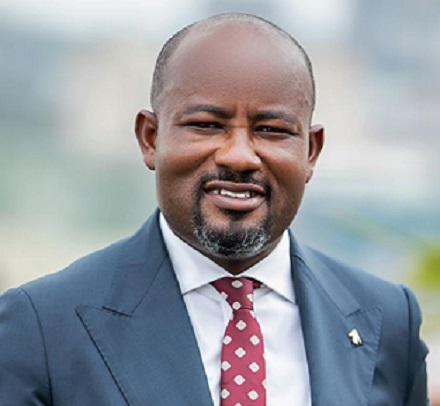

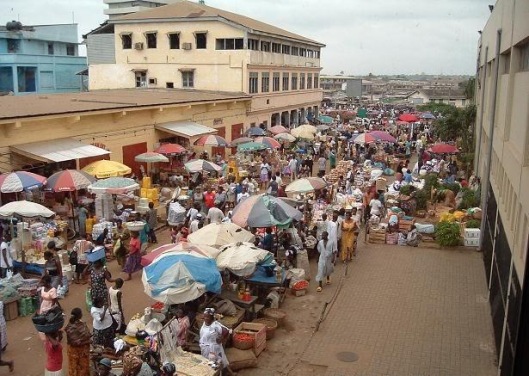





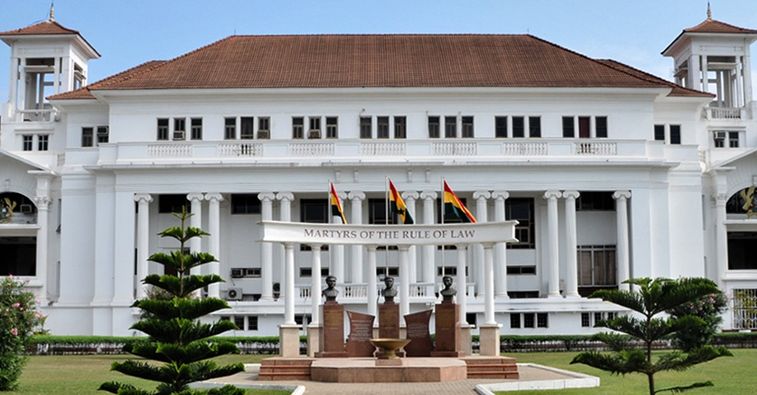






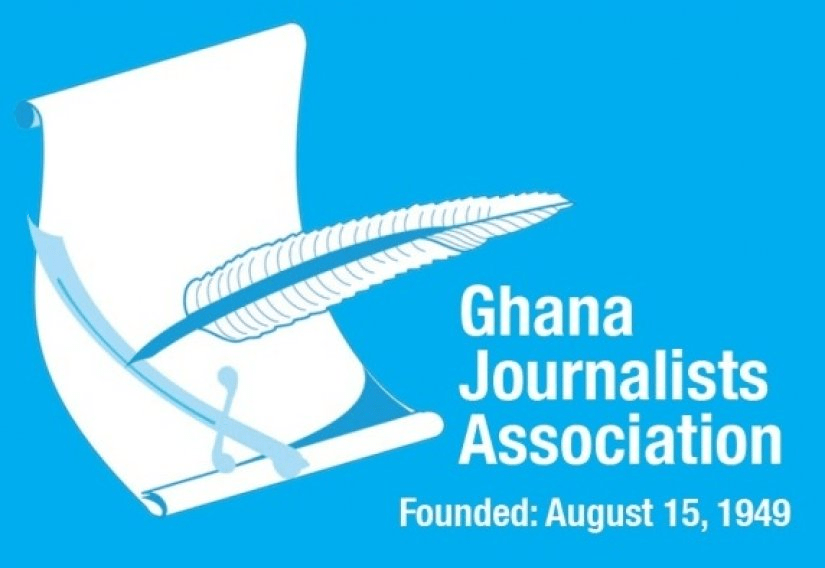

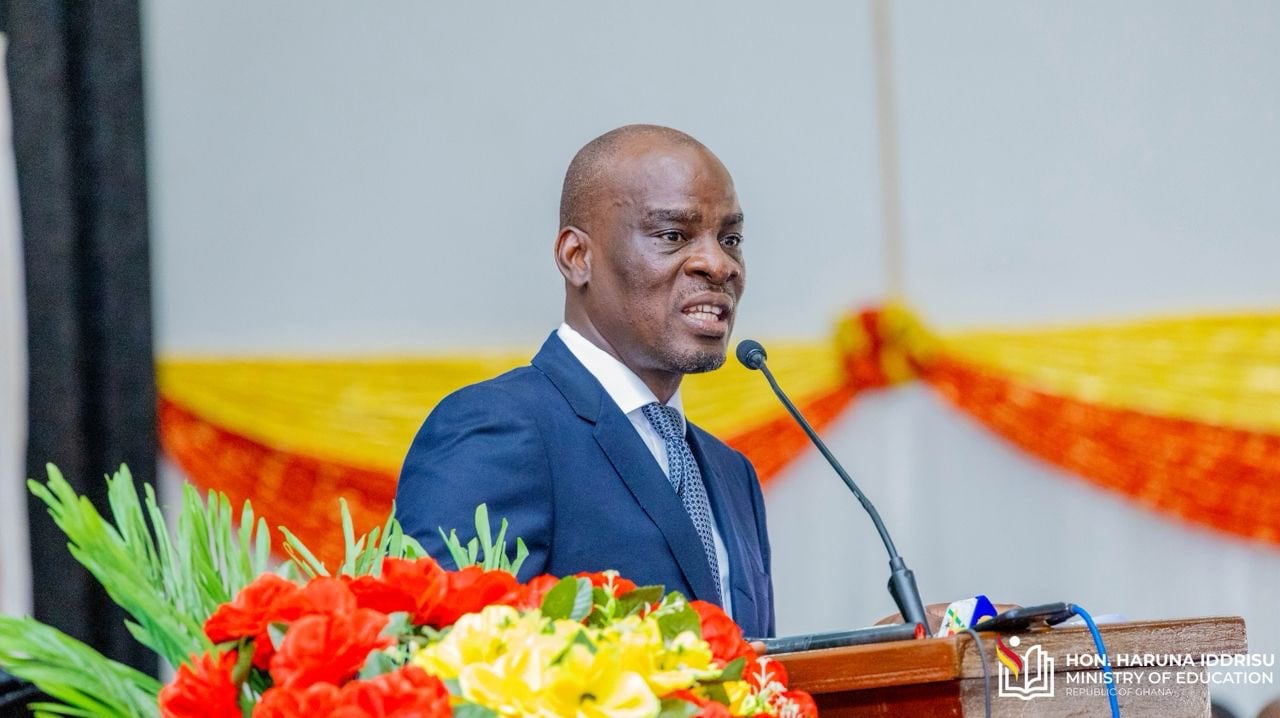

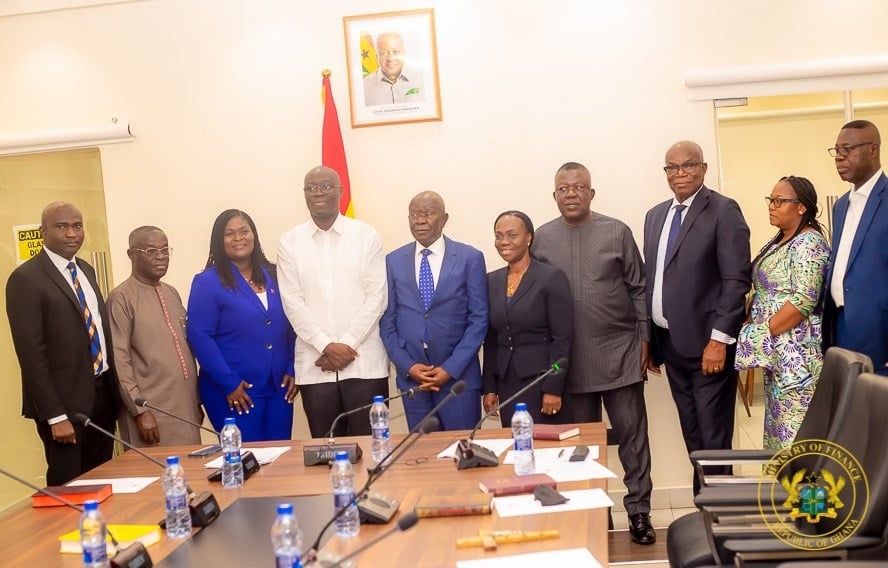
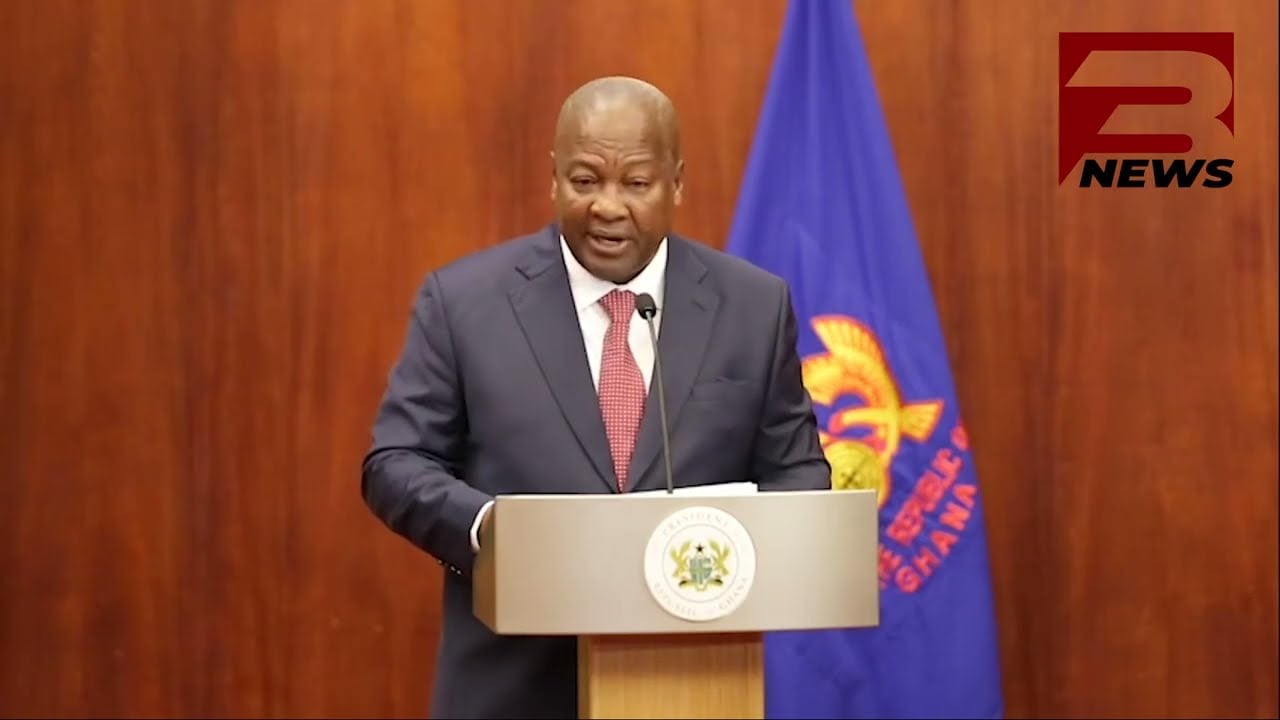
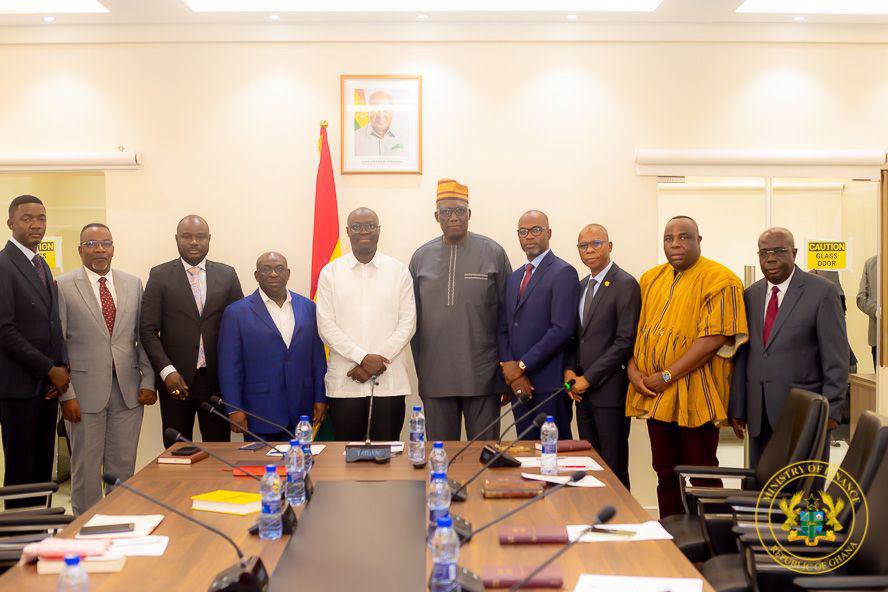


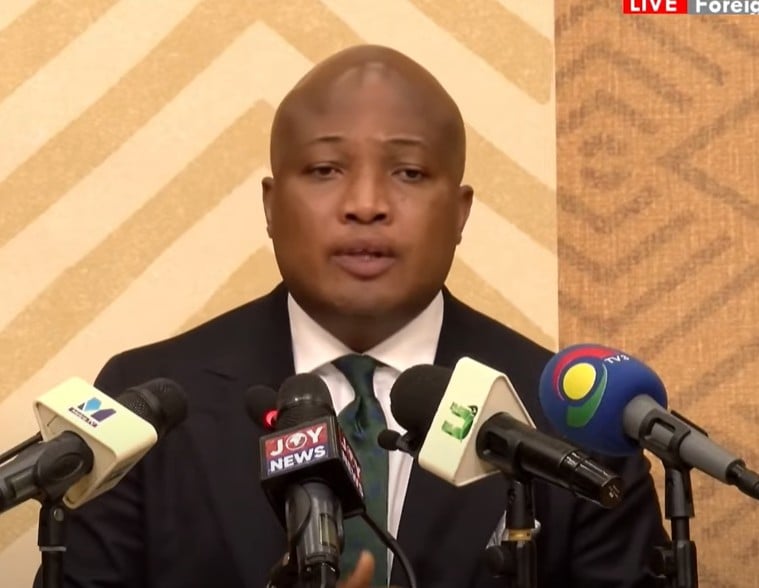

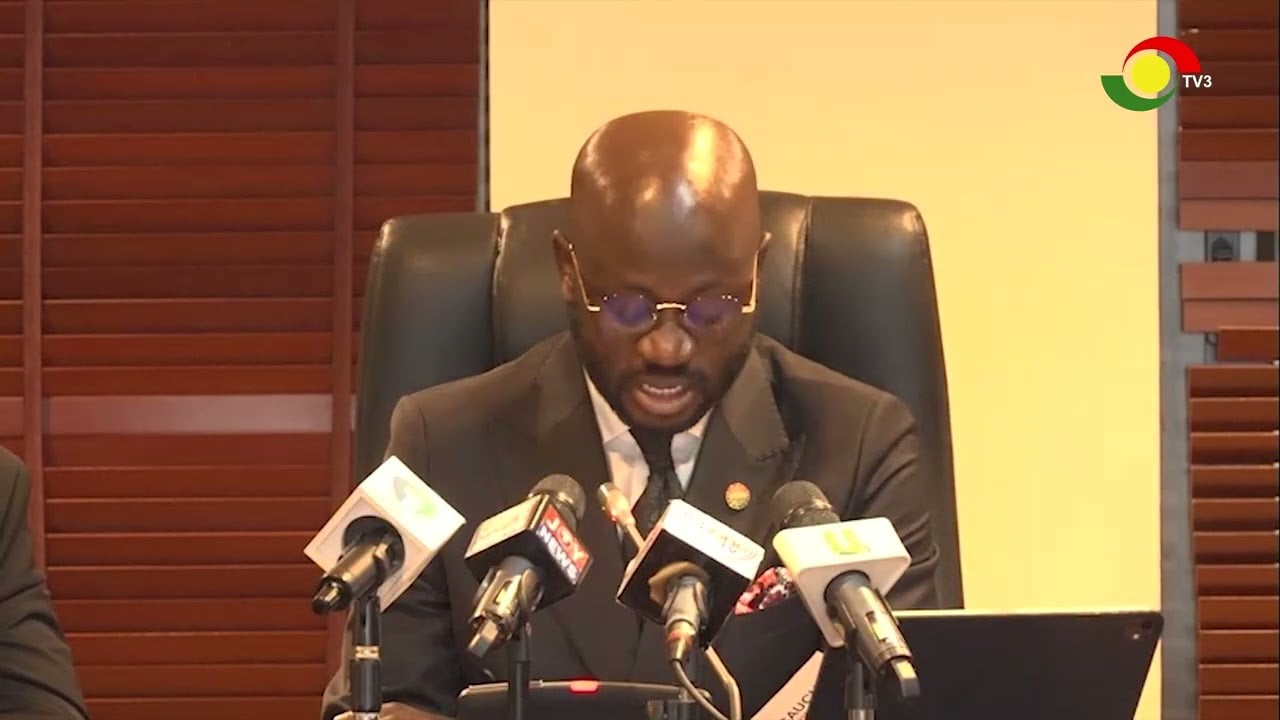


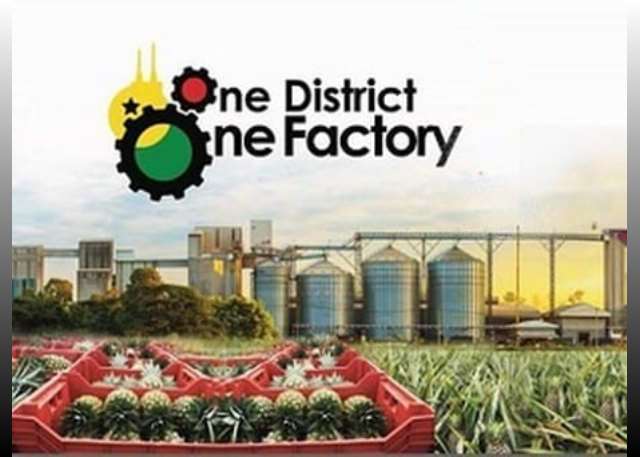



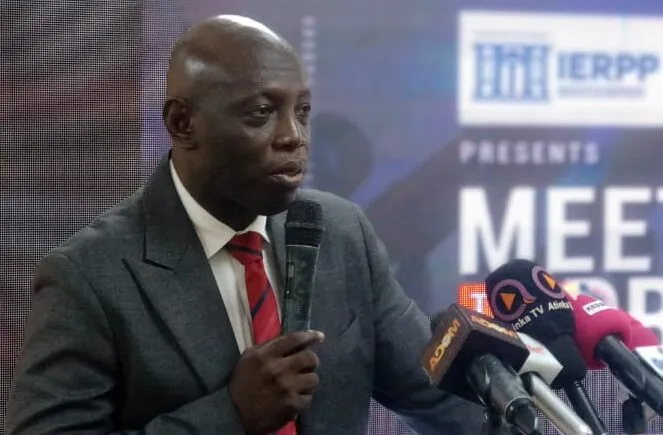
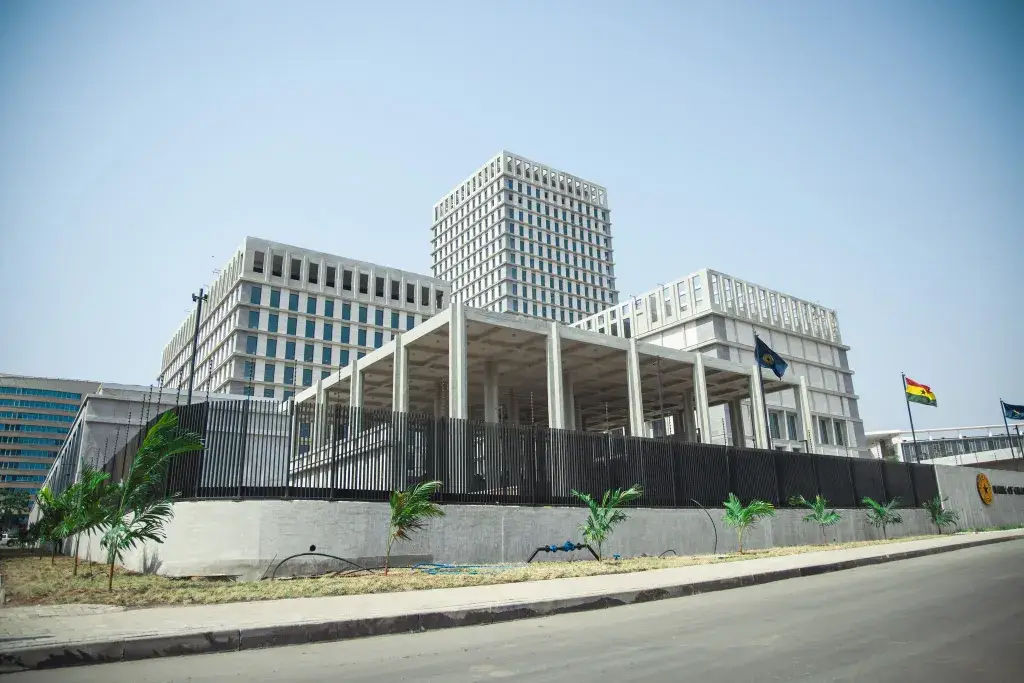
Facebook
Twitter
Pinterest
Instagram
Google+
YouTube
LinkedIn
RSS